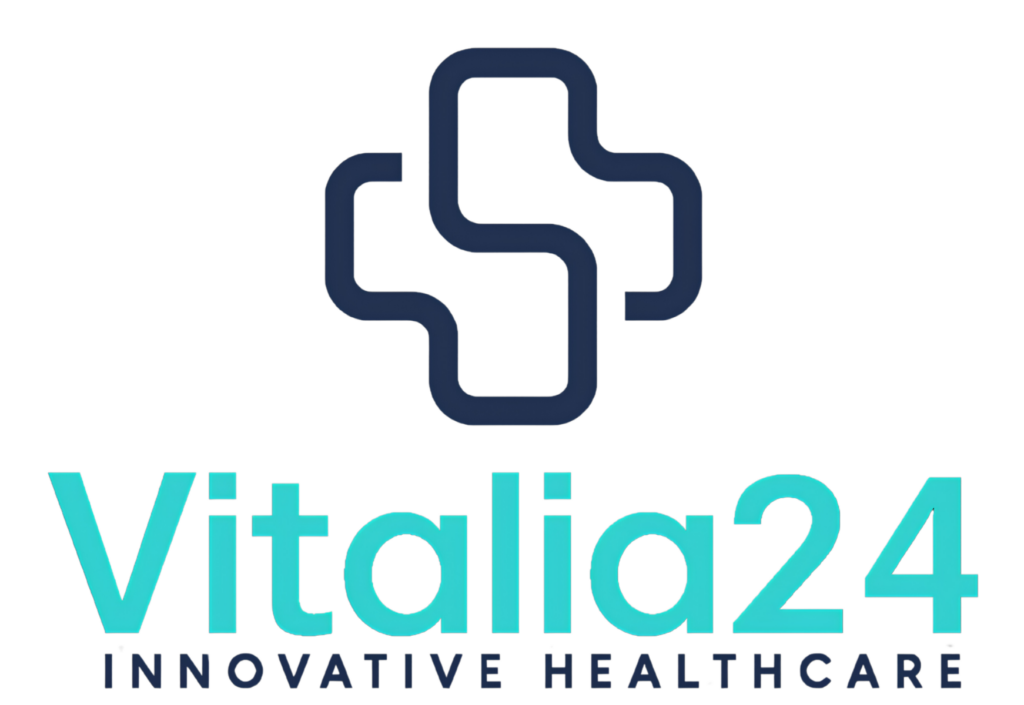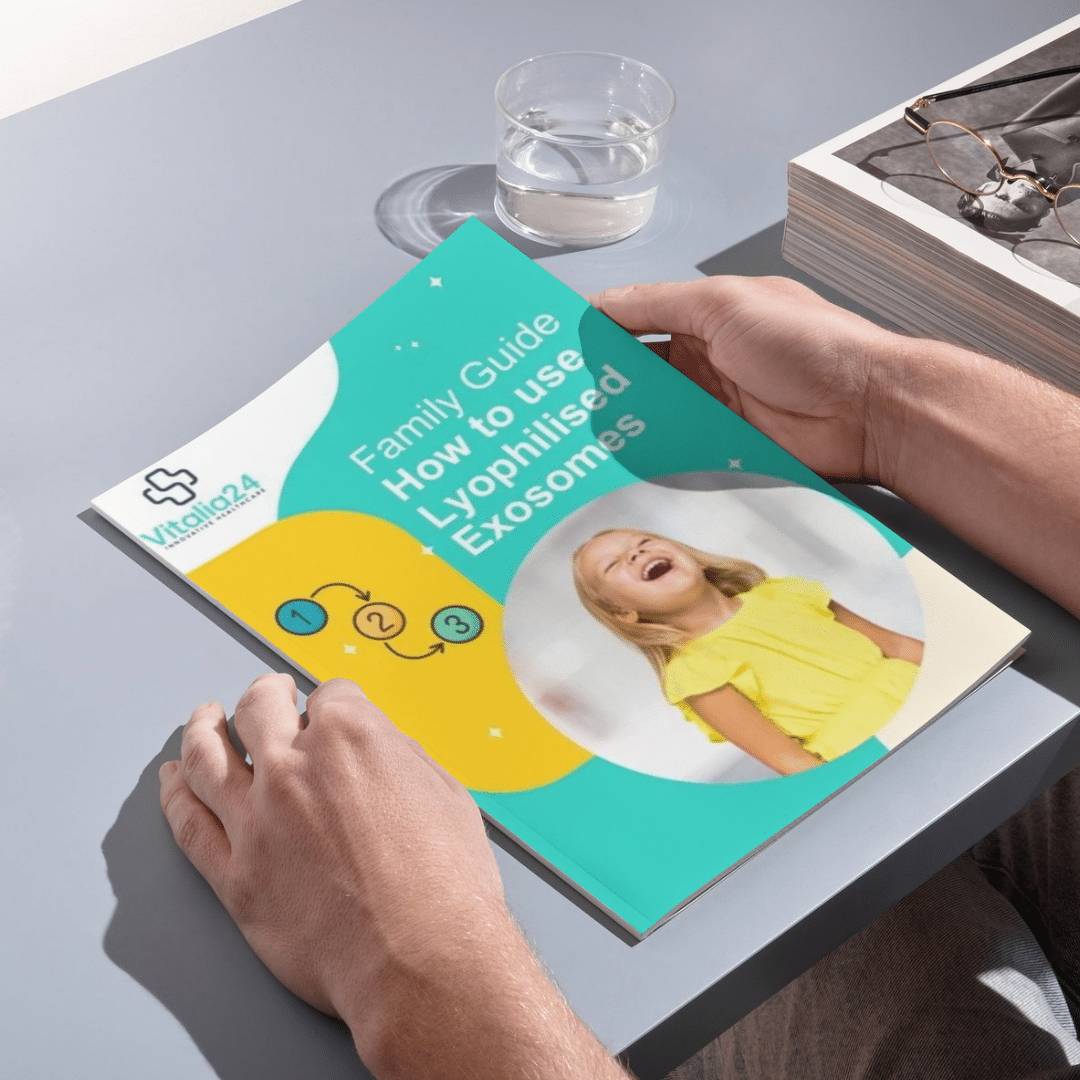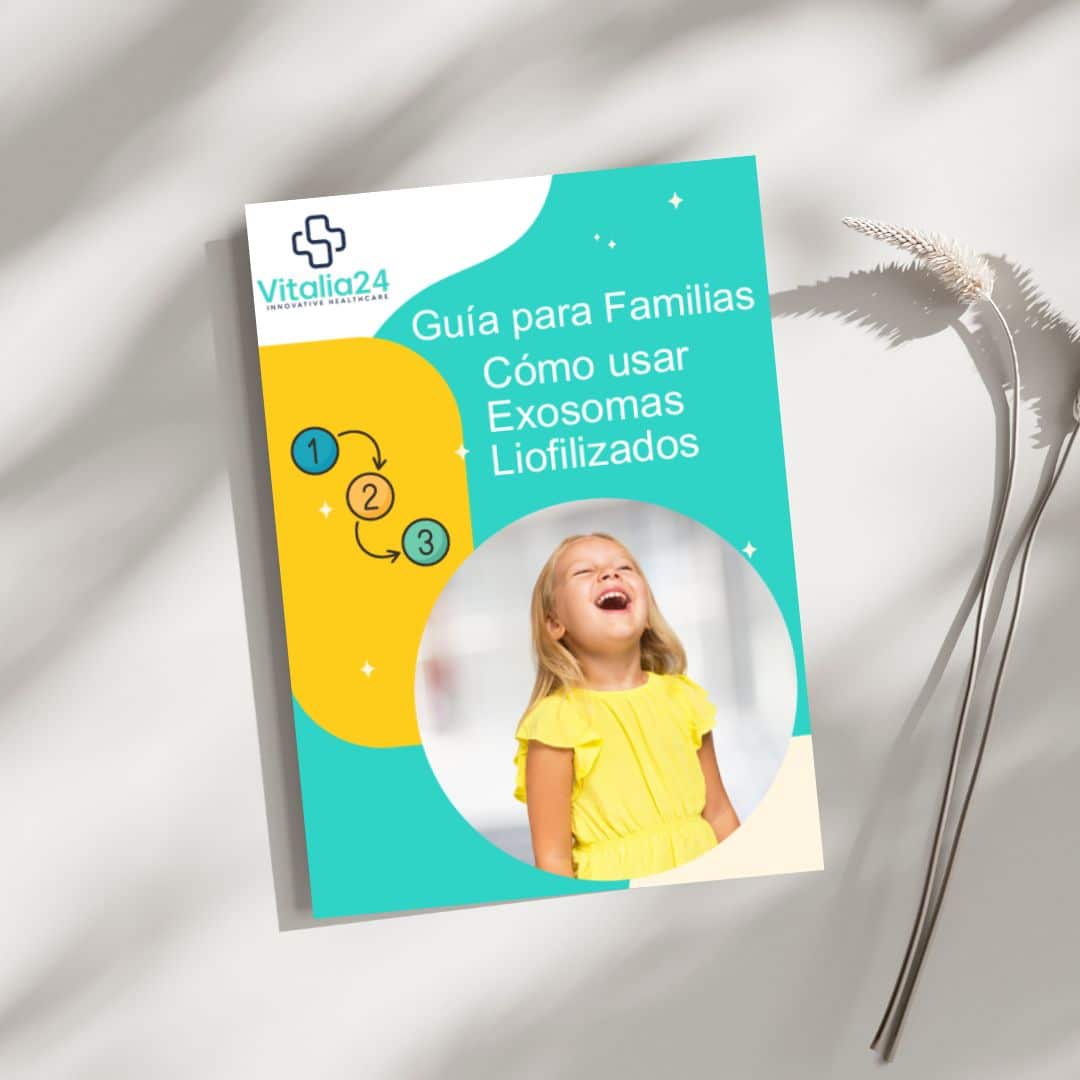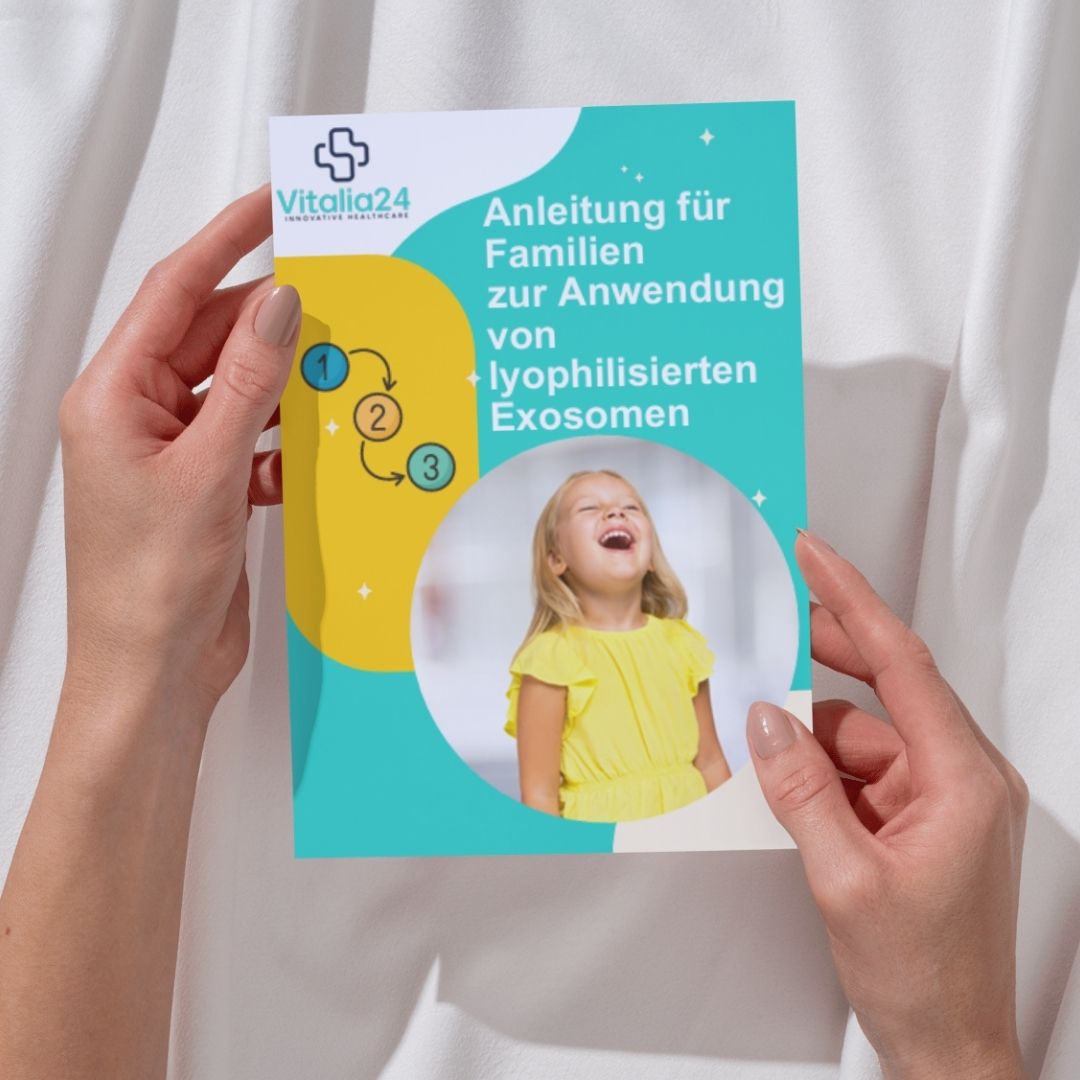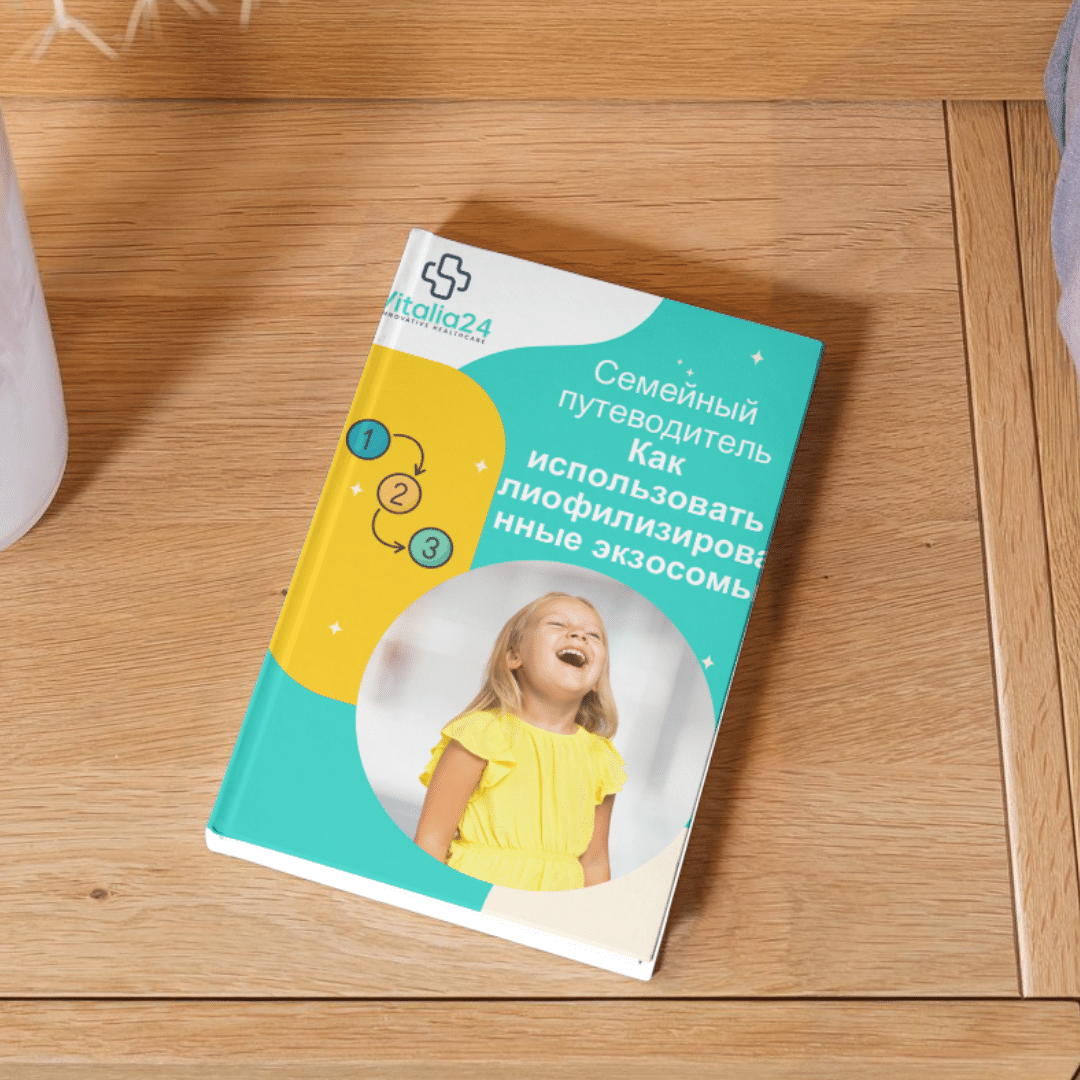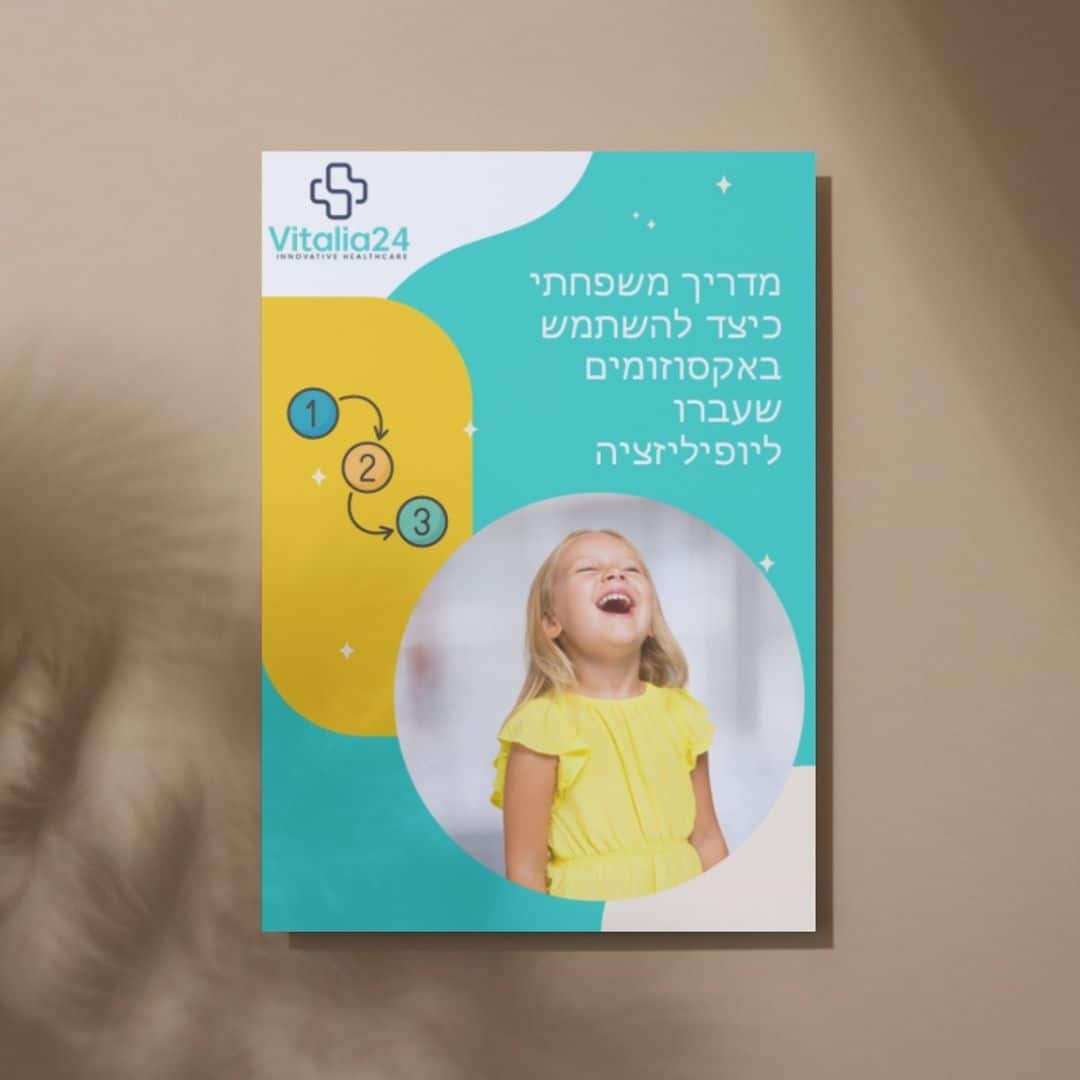Intranasal / Inhalation Exosome Therapy for Autism
Inhalation Exosome Therapy for autistic children is a non-invasive regenerative treatment that uses exosomes — tiny extracellular vesicles derived from stem cells — to help modulate inflammation, support neural repair, and improve communication between brain cells. This method involves delivering allogenic exosomes directly to the brain via the nasal cavity, providing a pain-free, efficient, and user-friendly treatment option.
Intranasal / Inhalation Exosome Therapy for Autism
Intranasal Exosome Therapy for autistic children is a non-invasive regenerative treatment that uses exosomes — tiny extracellular vesicles derived from stem cells — to help modulate inflammation, support neural repair, and improve communication between brain cells. This method involves delivering allogenic exosomes directly to the brain via the nasal cavity, providing a pain-free, efficient, and user-friendly treatment option.
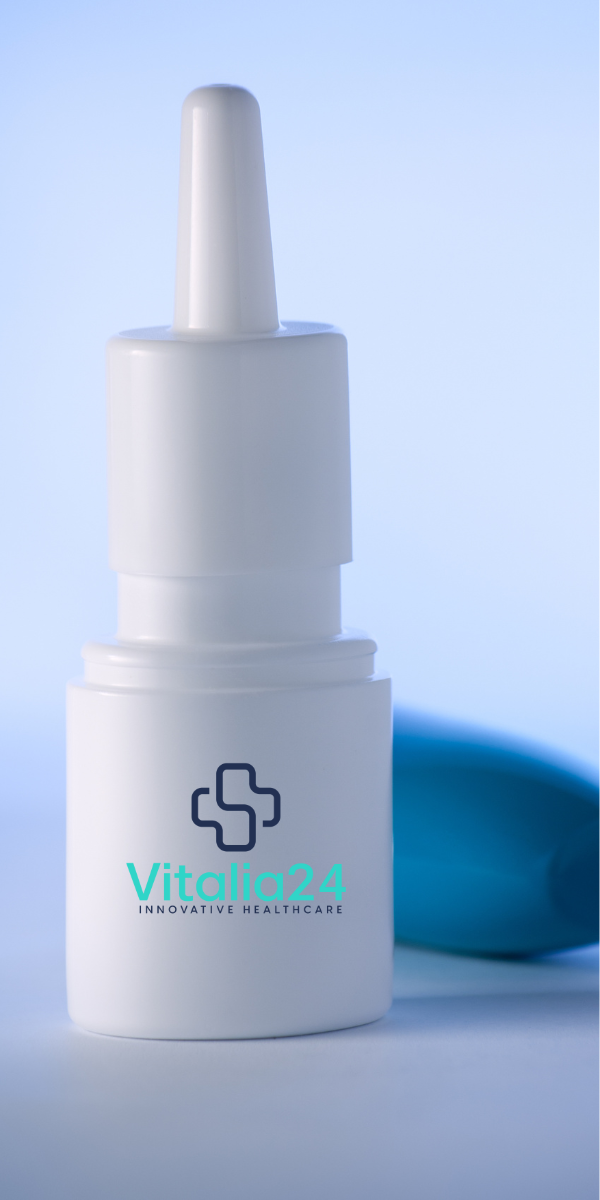
1. Intranasal Exosome Spray

At Vitalia24, every child undergoing our 3-day mesenchymal stem cell (MSC) and exosome protocol receives a portable nebulizer for at-home intranasal exosome administration. This allows for ongoing treatment beyond the clinic, and many families choose to continue therapy months after the initial session, often requesting a second device to maintain progress.
For others, particularly those with budget constraints, starting with intranasal exosomes alone offers a more accessible entry point into this promising therapy.
Whether used as a complementary tool or as a stand-alone treatment, intranasal exosome sprays are gaining attention for their potential to improve communication, emotional regulation, and cognitive function in children with ASD.
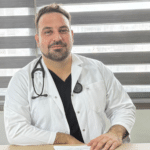
Dr. Alex Melhuish
Medical Director
Application of Intranasal exosomes
Dr. Alex Explains How to use the Spray
In this short video, Dr. Alex unpacks the science and success behind Intranasal Exosome Therapy for children with Autism Spectrum Disorder (ASD).

Here’s how it works:
- Dry exosomes are shipped directly to your home safely and easily, without the need for complex cold-chain logistics.
- Upon arrival, they can be reconstituted and prepared in minutes following simple instructions.
- The treatment can then be administered at home via inhalation or nasal spray, under professional guidance — ensuring both convenience and therapeutic effectiveness.
Advantages of Intranasal (Inhalation) Exosome Therapy
Vitalia24 has made this advanced therapy accessible and practical for families worldwide through an innovative dry exosome formulation. Some of its advantages are:
Non-invasive administration – No injections or hospital visits are required.
Direct delivery to the brain – The intranasal route allows exosomes to bypass the blood–brain barrier, enhancing neurological benefits.
Reduced inflammation – Exosomes have natural anti-inflammatory and neuroprotective effects.
Supports behavioral and cognitive improvements – Reported benefits include better focus, communication, and social interaction.
Convenient and safe for children – Especially suitable for pediatric use, as it avoids needles and clinical stress.
Intranasal Exosome Therapy for Autism offers a cutting-edge, non-invasive, and home-friendly way to support children with autism.
With Vitalia24’s dry exosome technology, families can access this promising therapy easily, safely, and effectively — without the need for clinic visits.
Lyophilised Exosomes
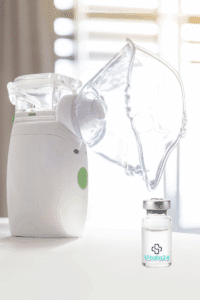
Introducing the Vitalia24 Lyophilised Exosomes Treatment Kit, a revolutionary new option designed to make shipping significantly easier and more comfortable for you.
By supplying the exosomes in a lyophilised (freeze-dried) powder form, Vitalia24 eliminates the need for complex, heavy, and costly cold-chain shipping required for liquid products. This simplification means faster, more reliable delivery directly to you, making the entire process less of a hassle.
The kit is designed for a convenient, 5-day application using a nebulizer. You will need to separately purchase common medical supplies (sterile saline solution or distilled water, syringes with 18G needles, alcohol pads, medical-grade wipes, gloves, and a nebulizer). The components are designed for easy mixing to create an exosome solution (30 ml total) that is administered at 5 ml per day over five days, requiring refrigeration only after preparation.

Dr. Alex Melhuish
Medical Director
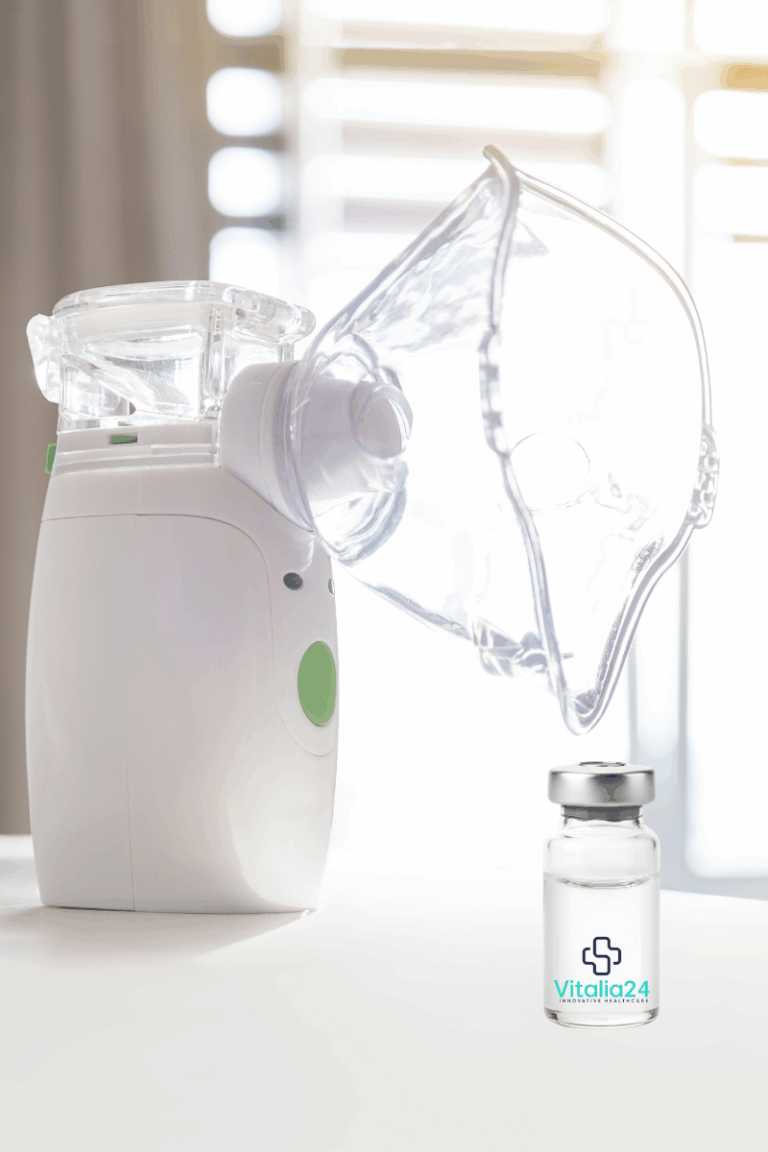
Application of Lyophilised exosomes
Family Guide How to use Lyophilised Exosomes
Download this informative booklet in the language of your choice to learn more on the application of liquid exosomes for autistic children:
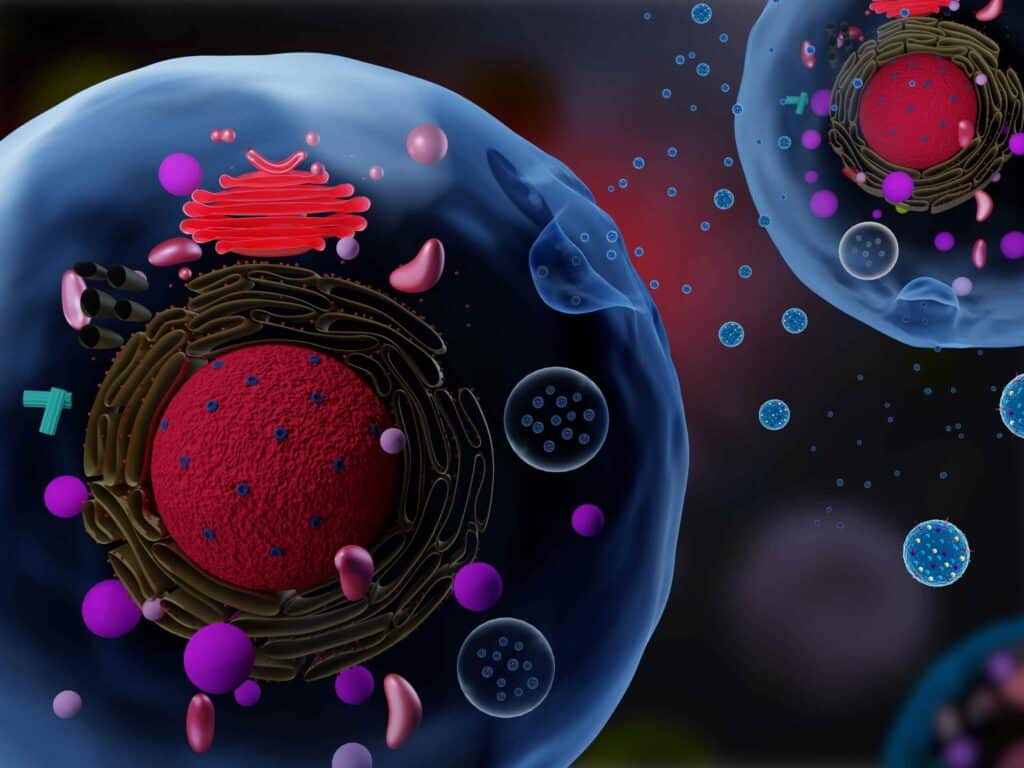
Conclusion
Intranasal exosomes offer a promising, non-invasive therapy for children with autism by delivering tiny, natural messengers directly to the brain.
What Are Exosomes?
Exosomes are tiny, natural particles released by cells in our bodies. Think of them as microscopic messengers – about 1,000 times smaller than the width of a human hair. They carry helpful information like proteins and genetic material (such as RNA) from one cell to another, supporting healing, communication, and balance in the body.
In children with autism, increasing research points to the role of neuroinflammation and immune dysregulation in the brain. Allogenic exosomes may help reduce inflammation, enhance neuron signaling, and support brain network development.
In therapeutic settings, exosomes are collected from healthy donated cells, which is what “allogenic” means. These donor cells are carefully screened and processed in sterile labs to make sure everything is safe and free from harmful substances.
Why Exosomes for Autism?
Research suggests that many children with autism may experience inflammation in the brain and immune system imbalances. These issues can affect how the brain develops and communicates. Exosomes from healthy donor cells are believed to have anti-inflammatory and neuroprotective properties, which could help calm inflammation and promote better brain connectivity.
Some early studies and case reports have shown that children receiving exosome therapy may experience improvements in areas like:
Language and speech
By delivering supportive proteins and genetic material directly to the central nervous system, exosomes help regulate brain function, strengthen neural connections, and support the areas responsible for speech and language development - leading to clearer communication and more responsive interaction over time.
Social interactions
Intranasal exosomes can help enhance social interactions in autistic children by calming brain inflammation and improving how brain cells communicate. This targeted support promotes the development of neural pathways responsible for social skills, emotional connection, and communication - areas commonly impacted by autism.
Focus and attention
By delivering their cargo to brain cells, exosomes can influence gene expression and protein function, potentially improving cellular communication, promoting synaptic plasticity (the brain's ability to form new connections), and supporting overall brain development and function. This can lead to improvements in cognitive abilities, including focus and attention, as well as social interactions and repetitive behaviors often seen in ASD.
Emotional regulation
Emotional regulation relies on the brain's ability to adapt and form new connections (synaptic plasticity). Exosomes can carry neurotrophic factors (like BDNF) that support the growth, survival, and plasticity of neurons. By enhancing neural plasticity, they might help autistic children develop more flexible and appropriate emotional responses.
Sleep
The brain's glymphatic system, which clears waste and neuroinflammatory proteins, is most active during sleep. Dysfunction in this system, often observed in autism, can contribute to sleep issues. Exosomes may support the health and function of brain cells and the glymphatic system, potentially improving the brain's ability to "cleanse" itself during sleep, leading to more restorative rest.
Mood
Improved neural connectivity, especially in areas related to emotion processing like the amygdala and prefrontal cortex, can enhance an autistic child's ability to interpret social cues, manage stress, and regulate their emotional responses, thereby contributing to a more positive mood.
What Are Parents Reporting?
While large-scale clinical trials are still needed, case reports and small pilot studies suggest:
- Improvements in expressive and receptive language
- Reduction in repetitive behaviors
- Better sleep and emotional regulation
- Increased social engagement
Importantly, side effects have been minimal, usually limited to mild nasal irritation or transient fatigue.

What Is Intranasal Administration of Exosomes?
The term “intranasal” simply means that the exosomes are delivered through the nose, usually in the form of a spray or drops. This route is both non-invasive and child-friendly – no needles, no hospital stays.
Why the nose? The inside of the nose is lined with blood vessels and is close to the brain, separated only by a thin bone called the cribriform plate. This special location allows tiny exosomes to travel directly to the brain and central nervous system, bypassing the digestive system and blood-brain barrier.
What Is the Experience Like?
For most families, the procedure feels similar to giving a child a saline nasal spray or allergy medicine. A healthcare provider will typically administer the exosomes, although in some cases, trained parents may be shown how to do it at home under medical supervision.
The process usually takes just a few minutes. Some children may need multiple sessions over a span of weeks or months, depending on their individual treatment plan.
How Are MSCs Involved?
Mesenchymal stem cells (MSCs) are multipotent cells typically derived from bone marrow, umbilical cord tissue, or adipose (fat) tissue. They are known for their strong anti-inflammatory and regenerative properties. In autism therapy, MSCs are often administered intravenously or intrathecally to reduce systemic inflammation and modulate immune responses.
Here’s where the Synergy comes in:
MSCs release exosomes as part of their therapeutic effect. Some protocols now use pure exosome therapy as a more refined, cell-free alternative or combine MSCs and exosomes for enhanced effect.
Exosomes may be used simultaneously or sequentially with MSCs to support both systemic immune balance (via MSCs) and targeted neurological modulation (via intranasal exosomes).
Early clinical applications show that this combined approach may improve outcomes in areas like speech, attention, and social interaction (Riordan et al., 2019).
Is It Safe?
So far, intranasal exosome therapy has shown a strong safety profile in small studies and clinical use. Since exosomes do not contain whole cells or DNA capable of reproducing, the risk of rejection or serious side effects is low. However, as with any emerging treatment, it’s important to work with qualified medical professionals and seek therapies from reputable clinics involved in regulated studies or compassionate-use programs.
What Should Parents Know?
While the early results are encouraging, this therapy is still under investigation.
Dr. Alex will welcome your curiosity and explain the science, benefits, and unlikely risks in ways that make sense to you.
Only seek treatment from reputable providers who use certified labs, transparent protocols, and track safety data.
Ensure donor cells are ethically sourced, pathogen-free, and thoroughly tested.
Exosome therapy is not a cure for autism, but it may complement behavioral therapies, dietary support, and educational interventions.
It’s important to note that this therapy is still considered experimental, and more research is needed to fully understand how it works and who it helps best.
Request more information on the Intranasal Application of Exosomes:
Clinical Studies:
https://pubmed.ncbi.nlm.nih.gov/37905871/
https://www.sciencedirect.com/science/article/pii/S0306452224001696
https://molecularautism.biomedcentral.com/articles/10.1186/s13229-018-0240-6
https://www.mdpi.com/1999-4923/16/4/446
https://www.sciencedirect.com/science/article/pii/S1567576924023750
https://stemcellsjournals.onlinelibrary.wiley.com/doi/full/10.1002/stem.3456
Testimonials
A Professional & Care Provider

Medical Team
Multilingual Experts

Frank Rothmaier
Founder & Director

Jenny De Bonis
Patient Coordinator
